You may have heard of different ways to analyze your personality, like the Myers-Briggs or the Enneagram tests. Maybe you’ve just been bombarded with notifications from the CoStar astrology app. Now imagine they all had a lovechild. That’s Human Design. And probably not how genetics works.
Human Design evaluates aspects of your life and your different qualities to help you compose your life in the best way possible. Or at least that’s what they claim. We still feel pretty good about our results from MASH game from summer camp.

According to Human Design (and astrology), not only do your birth time, date, and location influence your personality, but also the strengths you have and how you navigate the world. Of course there’s no science involved – that would just be ridiculous.
The results of a Human Design test are said to help you make decisions to be the most authentic expression of yourself. Ours told us we have to go buy a jade egg. But if you’re still interested in learning more about this totally random way to decide if you should get bangs or not, by all means, keep reading. (But the answer is no.)
What Is Human Design?
The Human Design System was created by Ra Uru Hu (previously known to his fellow upper middle class high school classmates as Alan Krakower). It came to him after he had a mystical encounter with “a Voice” in 1987. After that, he wrote a 400-page textbook on how humans work, our decision-making processes, and ultimately, our life’s directions.
Human Design is often described as a “user manual” for your life. Where astrology is said to tell you about your core self, inner self, and outer expressive self, Ra Uru Hu’s system takes things even further, making it one step crazier than knowing your rising sign.
As certified Human Design professional Lynette Hagins says, it “shows you where and how to access your body’s consciousness as a decision-making tool, and ultimately, how to live as your true self.” Magic 8 Ball, you had your moment.
It’s become increasingly more popular over the years. Maybe that’s thanks to that thing called the Internet or Burning Man folks becoming obsessed with it. But either way, it’s something that should be taken with a few grains of salt. And then a margarita!
It’s All About the Talking Bodygraph
Just like how all good decisions are made with a “pros and cons” list, your Talking Bodygraph is where everything begins with Human Design. This provides you with your “Energy Type” and “Authority.” Surprisingly, these don’t include things like “tired” and “rebellious toward.”
The chart looks like it came from your college roommate’s engineering homework, featuring different colors, symbols, and obscure formation of lines that make it look awfully scientific. (We’re still awaiting the peer review on this one.)
It may seem like a foreign language, but when it’s “read,” it supposedly reveals what you need to make decisions that align with your life purpose.
Where Can I Get My Human Design Chart?
You can find free Human Design charts on MyHumanDesign or The Jovian Archive, or others with more expansive readings for very much *not free.* Once you have it, you can drive yourself crazy trying to make sense of it, or you can spend $300 on a professional reader session.
Or, you can look through our explanations of the different Energy Types and Authorities below and see which resonates with you the most.
The Human Design Energy Types
The first part of Human Design is figuring out what type of energy you hold within yourself. It’s kind of like the little emotions from Inside Out, if they all took mushrooms in Joshua Tree and had a spiritual breakthrough.
The 5 Energy Types of Human Design are:
- The Manifestor
- The Generator
- The Manifesting Generator
- The Projector
- The Reflector
World-leading Human Design expert, Jenna Zoe, says, “mastering your energy type is the [part of Human Design] that has the most profound and life-altering impact on not only you, but also everyone around you.” And, here we thought it was our buffalo chicken dip recipe.
1. Manifestor (9% of population)
As an initiator, a Manifestor holds a power to impact. In fact, they seek it out. This is most likely the person in a group project who actually makes sure you don’t all fail.
They have a closed, repelling vibe, which can feel off-putting to others who may wish to control them. But Manifestors resist this, as they are happiest when they are left alone to do their own thing that benefits themselves.
They may not be the most inclusive person, but hey, neither are the hottest clubs in town. Looking at you, PizzaHut.
2. Generator (37% of population)
In contrast to the Manifestor, the Generator is very open and inviting. They’re here to respond to life and feel pulled towards whatever is put in front of them. For better or worse.
With that responsiveness, Generators help to create and maintain the world we see around us. They’re planting trees, watering flowers, and getting everyone out on the dance floor. The Electric Slide again? Really?
But frustration can come quickly to Generators who may want to seek out what their mind thinks it wants. A challenge for this Energy Type is to slowing down their responsiveness. They need to wait, listen, and honor what their body actually needs. Ideally, tacos.
3. Manifesting Generator (33% of population)
The Manifesting Generator type blends the two and has the potential to be the most powerful and capable. But it’s also typical for Manifesting Generators (or “MGs”) to feel internal conflict. Think of Generator openness paired with the lone-wolf Manifestor energy. Ok, you’re cute, but you can stop licking us now.
This frustration can lead MGs to feel incredible resistance and live under their “False Self.” Which we can only guess is not a good thing. But throw a dash of boundless Generator energy in with a sprinkle of decisive Manifestor determination, and you’ve got the ingredients for incredible, abundant success. Oh look, a squirrel!
4. Projector (20% of population)
Projectors thrive on directing, rather than executing. They are the playmakers and the managers – people who see things differently from others and are ready solve problems.
Unlike Generators who are drawn towards everything in front of them (like a dog and a ball), Projectors can take a moment to pause and reflect (like a cat and your hand).
While they lead with unique perspectives, Projectors actually thrive on being invited into that space. This allows them to feel confident what they already know they have to offer. And we’re not going to say tacos. (But it is tacos.)
5. Reflector (1% of population)
Rarest of the rare, Reflectors make up only 1% of the population. They can be anything and do everything. They’re like adaptable chameleons following the pretty colors. Reflectors literally reflect the world back to others with great perception and honesty.
This type is open to fully feeling emotions, and experiencing and receiving their environment to the fullest. But this does come with responsibility. And lots of therapy.
As they absorb the energy all around them, Reflectors can become incredibly sensitive. So they need to seek out company, spaces, and experiences that make them feel good.
The Human Design Authority Types
The next step in understanding your Human Design is to get a grasp of your Authority, which is how you make your decisions. Is it quick and confident, or slow and deliberate? Either way, we bet it doesn’t involve another shot of tequila.
As it turns out, the advice to “trust your gut” isn’t actually the best for everyone. Some of us need to wait for emotional clarity, some of us need to speak and hear ourselves, and some of us need to be perfectly attuned to the environment around them.
According to Human Design, knowing your Authority Type can help you figure out the best action for you.
1. Emotional Authority
Decision-making for this authority is the epitome of “just sleep on it.” Ideally for eight hours, but who really has that kind of time with so much to watch on Netflix?
Someone with this authority might feel like decision making is easy because of their heightened emotions. But a key part is learning how to wait until they’ve mellowed before making decisions.
This can help you avoid waking up and wondering what on Earth you got yourself in to. Which sounds reasonable, but if everyone did this, would we have had all three Hangover movies?
2. Sacral Authority
This authority is all about that visceral, bodily gut response. The butterflies in your stomach turned hornets, recoiling sick feelings, and everything in between. Your stomach can – and will – speak to you. Do we need to say tacos again?!
Only Generators or Manifesting Generators have this authority. And it’s different from intuition, as the the sacral gut instinct comes from a different energy center.
If you have this authority, you need to learn to ask – and trust – your body with basic yes or no decisions. Seems simple. Probably is not.
3. Splenic Authority
The splenic authority is guided by true intuition. Your friends might roll their eyes whenever you pull the “I knew that would happen” card. But keep faith that your body probably did in fact know you shouldn’t have worn heels to Coachella.
The splenic center is designed to keep you alive. It’s all about survival. It’s like some Man vs. Wild stuff. But hopefully with fewer poisonous animals.
Laveena Archers, IHDS Human Design Guide Teacher, would describe those with this authority to be “perfectly designed” beings. You literally get to just exist in the present and trust your instincts. Your cavemen ancestors are so proud.
4. Ego Authority
Think of the phrase, “my heart’s just not in it.” While this may just seem like an excuse to stay in on a Friday night, those with the ego authority can genuinely feel a pull toward or away from decisions. And it’s not feeling anything for that crowded rooftop bar.
But it can be challenging for this authority to actually speak their truth, and it requires a lot of willpower to execute correctly. Because of this, experts recommend speaking openly while their friends listen, giving them a safe space of support.
Which should really be similar to most conversations you have with friends. Except for the Lost finale debate of 2010. We don’t talk about that anymore.
5. G Center Authority
Someone with a G Center authority feels confident in who they are and the decisions they make. But the conflict they face is worrying if others can accept them and their decisions. You ordered bad sushi once, and now you can never live it down.
To get past this struggle, this authority needs to really listen to themselves as they make decisions. Talking to yourself may be frowned upon in some social circles, but it can be key for a G center (sorry, not so much for finding the “G” spot).
Talk to your friends or into a voice memo on your phone. Put that 256GB iPhone to work. If your many cat photos haven’t filled up yet, what will?
6. Mental Authority – No Inner Authority
Those with this authority will know when a place, group of people, or decision is right for them. They connect intimately with their environment, and mentally process the information from it to make their best decisions. Must be nice to be psychic.
As the only authority without an internal authority, they have to use their smarts to analyze the world around them – no bodily reactions are provided. And if that also goes for their reaction to coffee, we’re pretty jealous.
- These Small Tattoos Are The Perfect Intro To Ink - September 21, 2022
- What’s the Whole Dill With This Sport Called Pickleball? - May 5, 2022
- How to Find Out Your Human Design, Because We Needed Another Personality Test - April 15, 2022
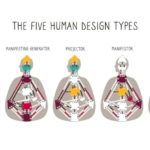
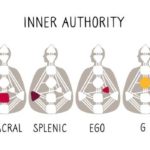
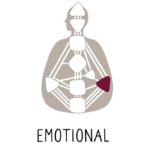
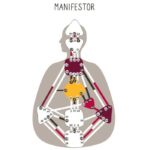
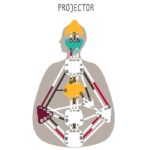
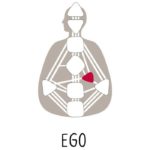

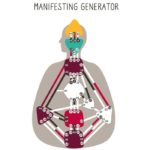

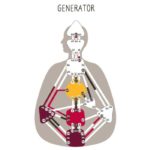
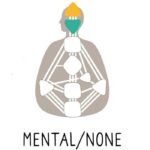
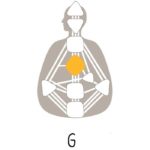
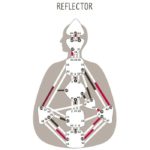
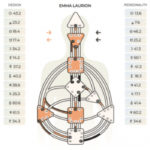
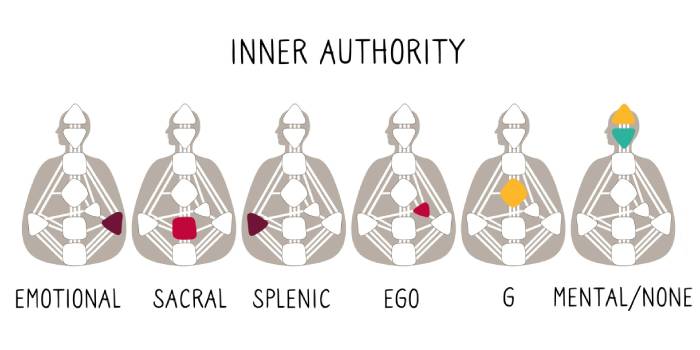
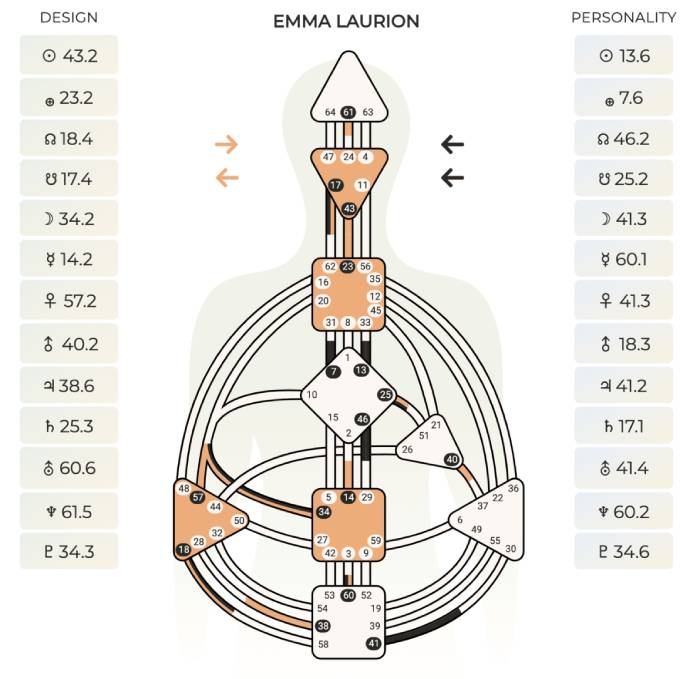
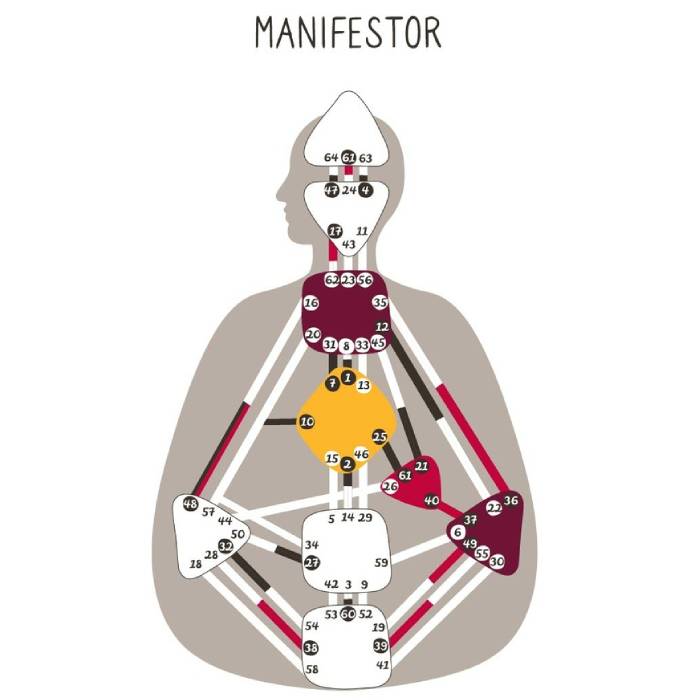
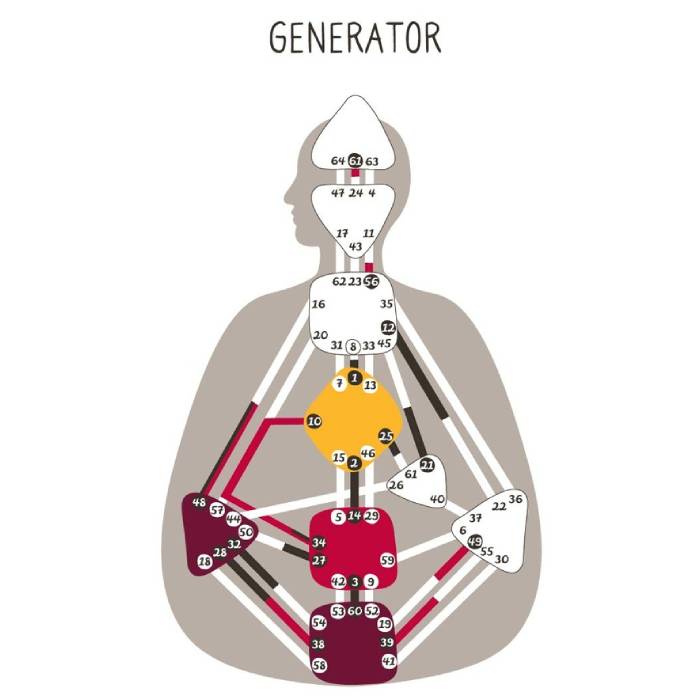
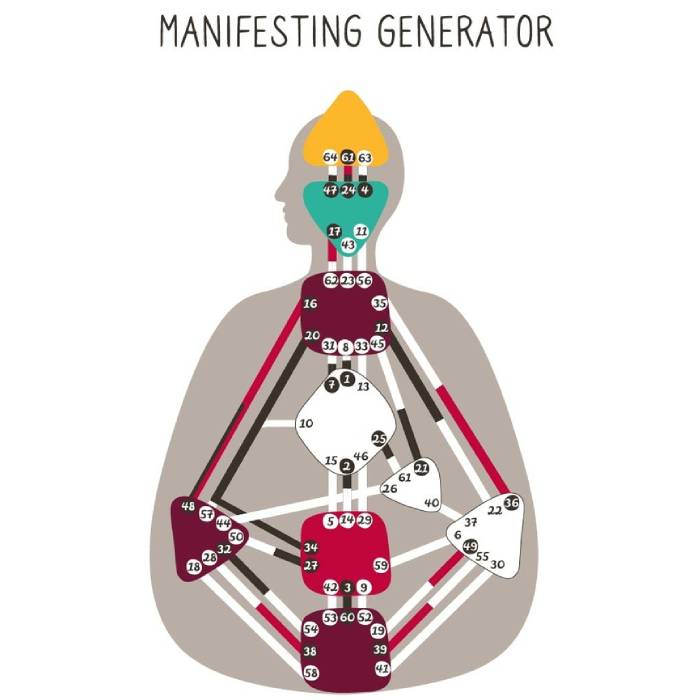
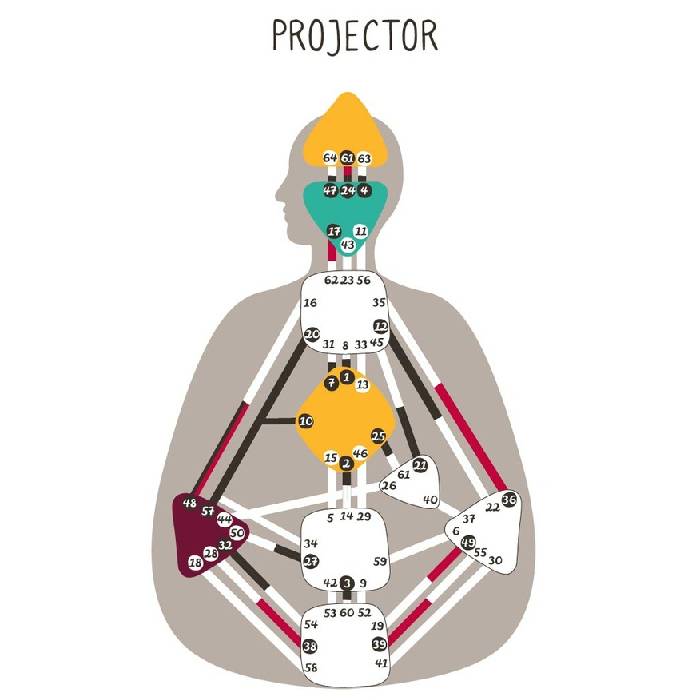
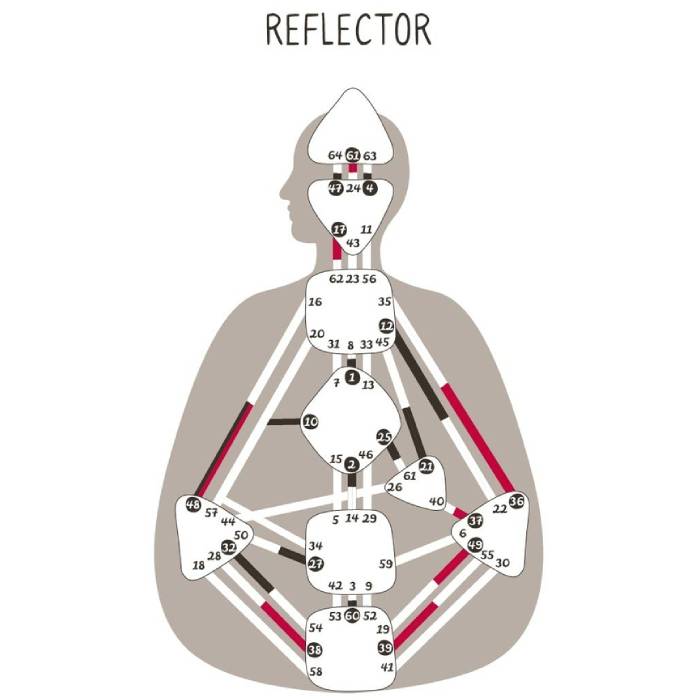
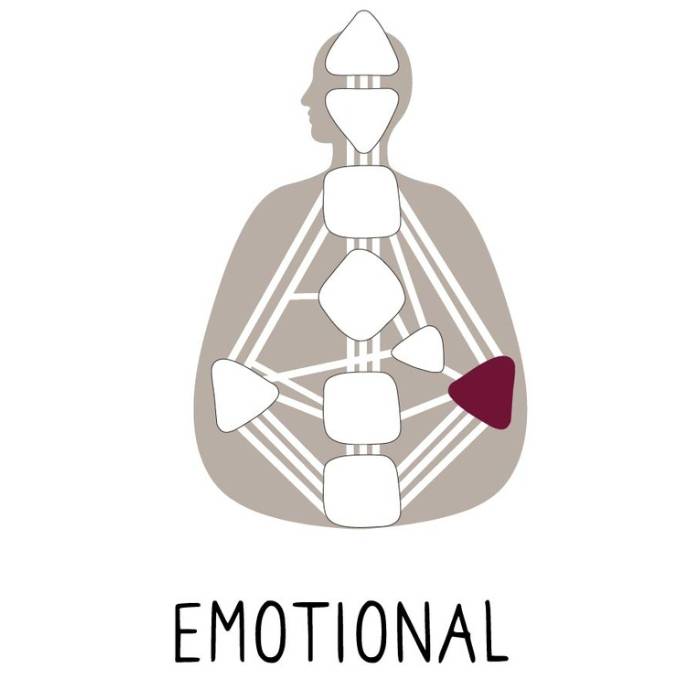
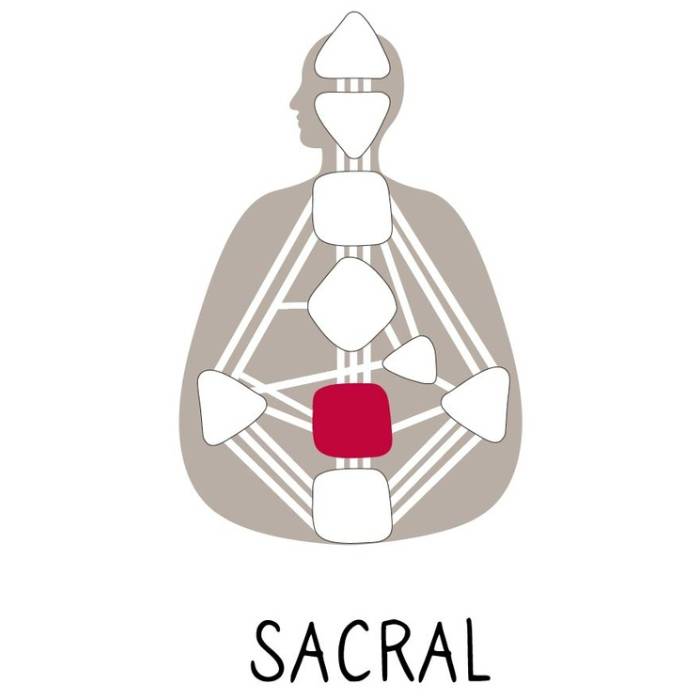
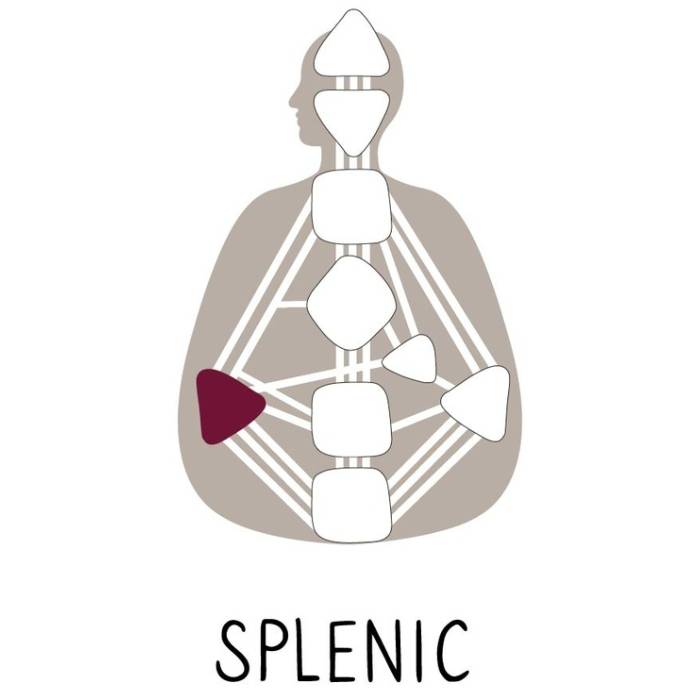
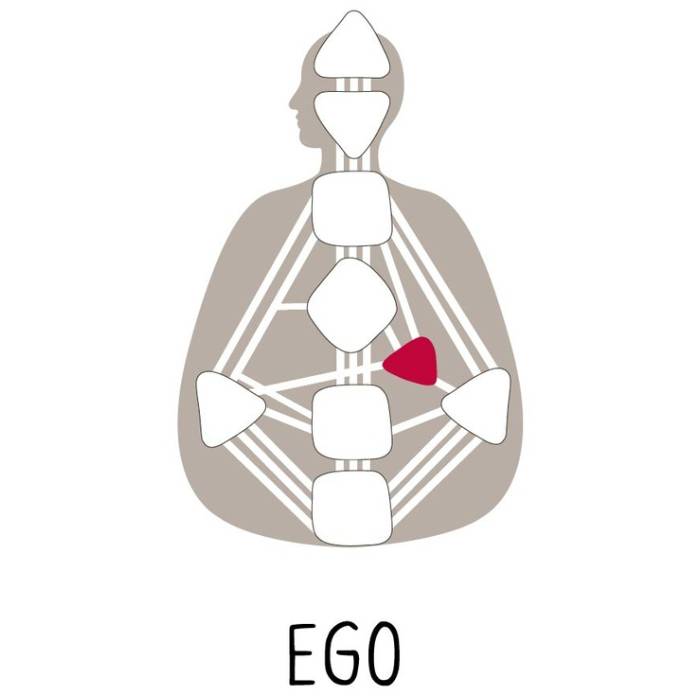
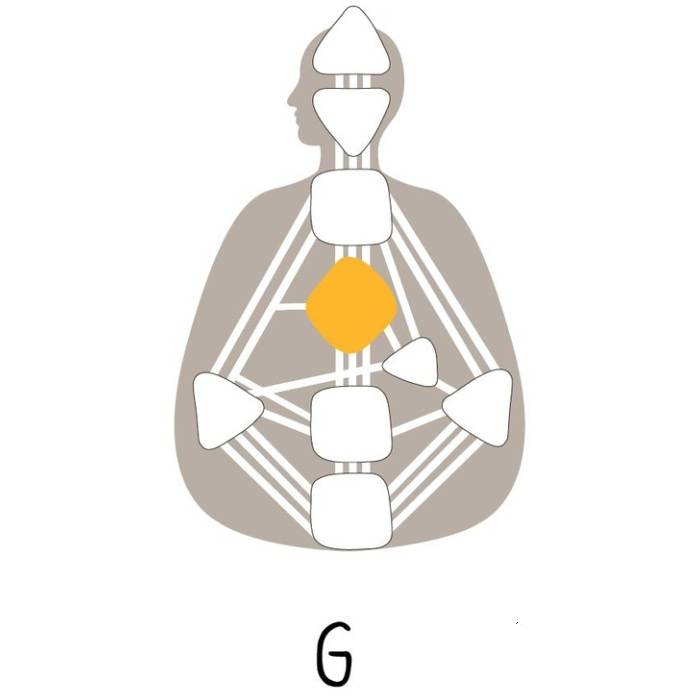
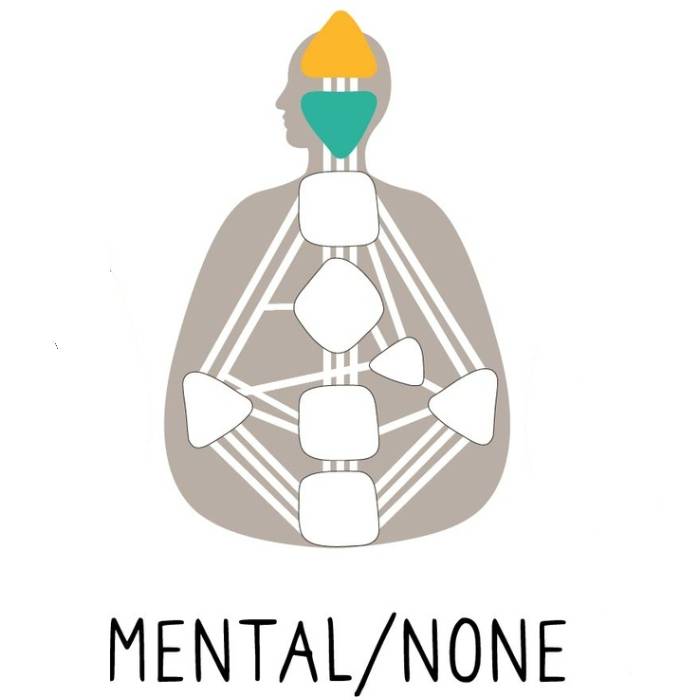


It seems like this article was not in favor of Human Design so why take the time to go any further with the explanations. Just copy and paste.????